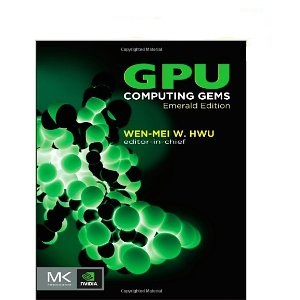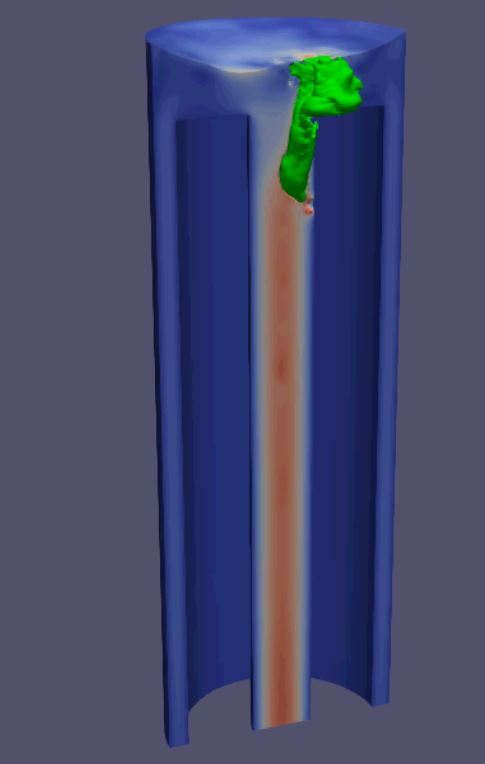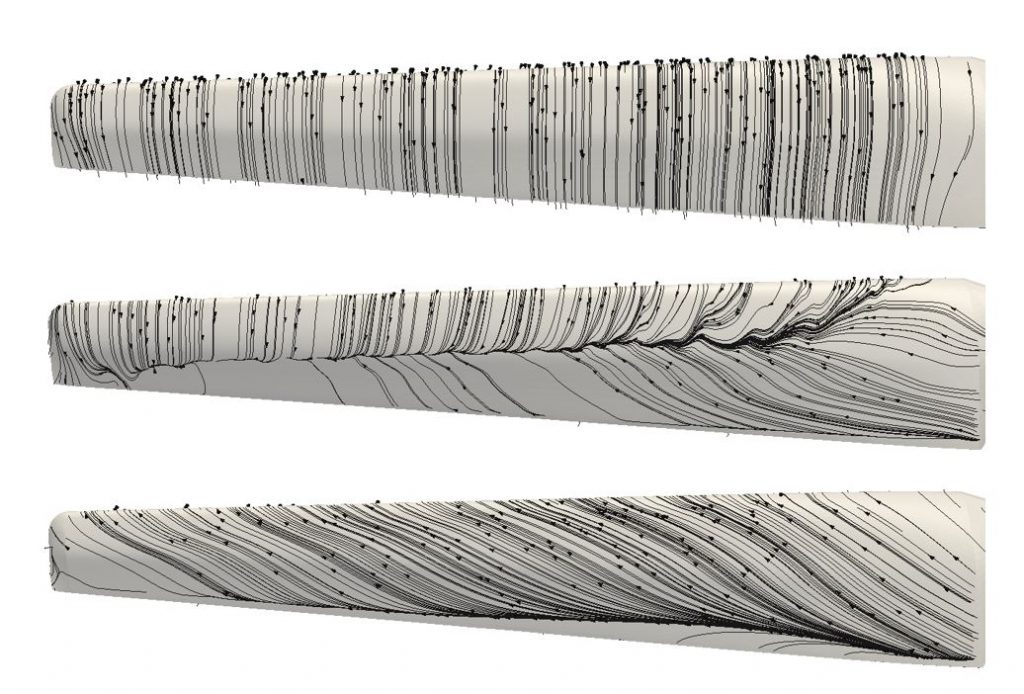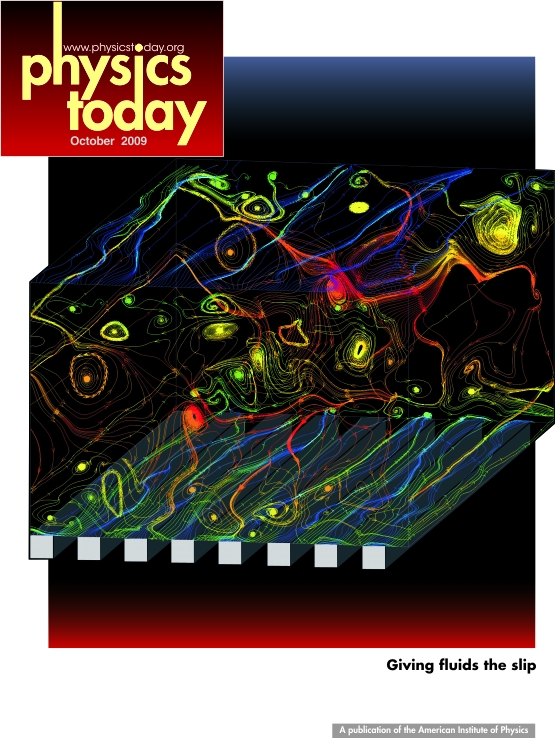Numerical Methods for Fluid Dynamics

Design of ‘mimetic’ numerical methods that capture the physics of partial differential equations exactly.
- Mimetic Methods
- Particle and Moving Mesh Methods
- Error estimation
- Unstructured Staggered Mesh Methods
- Secondary Conservation
- Fractional Step Methods (Classical, Exact, Large Timestep)
Supported by DARPA – Polyplexus, Stanford University,
High Performance Computing

Use of novel hardware accelerators to increase the performance of parallel supercomputers by at least an order of magnitude.
- Cluster Design and Build
- Scientific Computing with GPUs
- Tilera Pro64 (64 core processor) performance
- Memristor Analog Computing
- Smith-Waterman (GEMS)
- Interactive CFD
- Desktop Supercomputer
Supported by: Office of Naval Research, Oak Ridge National Laboratory, Nvidia, UMass.
Turbulence Simulation

Direct Numerical Simulation of basic turbulent flows using physically realistic initial conditions and mimetic methods.
- Rotating Decay
- Return-to-Isotropy
- Plane Strain
- Axisymmtric Strain
- Isotropic Decay
- Superhydrophobic Surfaces
- Shear-Free Turbulent Boundary Layers
Supported by NSF.
Turbulence Modeling

Development of equation systems which mimic Navier-Stokes equations but which are computationally tractable on a PC.
- Turbulent Potential Model
- Oriented-Eddy Collision Model
- Universal RANS/LES (k/eps, RST)
- Dissipation Tensor
- Decay Rate
- Transition
Supported by AFOSR, ONR, NSF.
Bio-Micro Applications

Systems requiring advanced numerical methods.
- Fast Smith-Waterman sequence matching (DNA, RNA, Proteins)
- Micro-mixers
- Droplet free-surface collision.
- Droplet Dynamics
- Drag on Sea Turtles
Supported by DOE, NSF.
Wind-Turbine Applications

Wind Turbines Aerodynamics and Wakes.
- Full rotating blade CFD
- Wake reduction
- Offshore platform dynamics
Supported by DOE.
Super-Hydrophobic Drag Reduction

Discovery and explanation of super-hydrophobic drag reduction.
- Early experiments (2000)
- Laminar mechanism discovery.
- Turbulent simulations and analysis
Supported by ONR.
